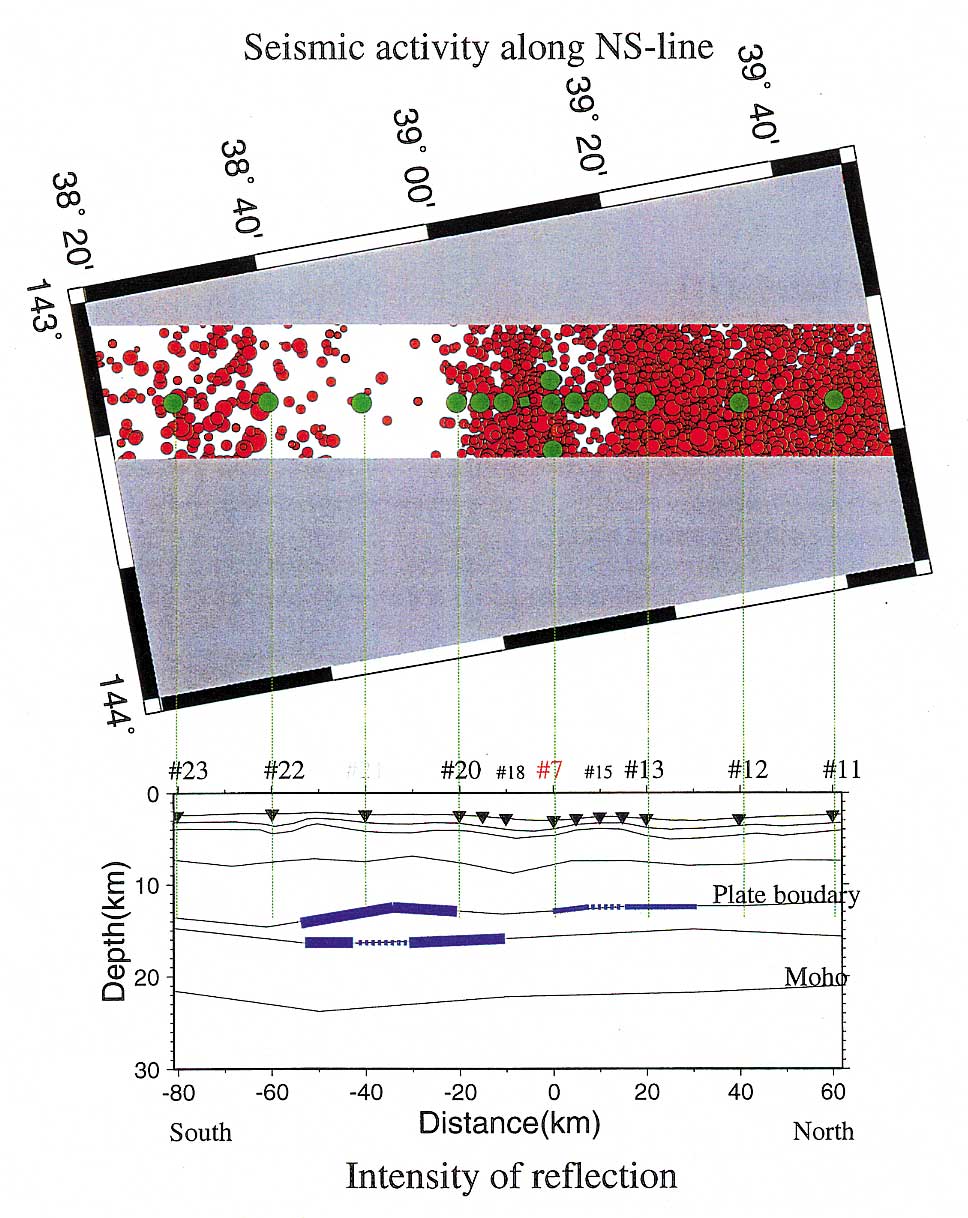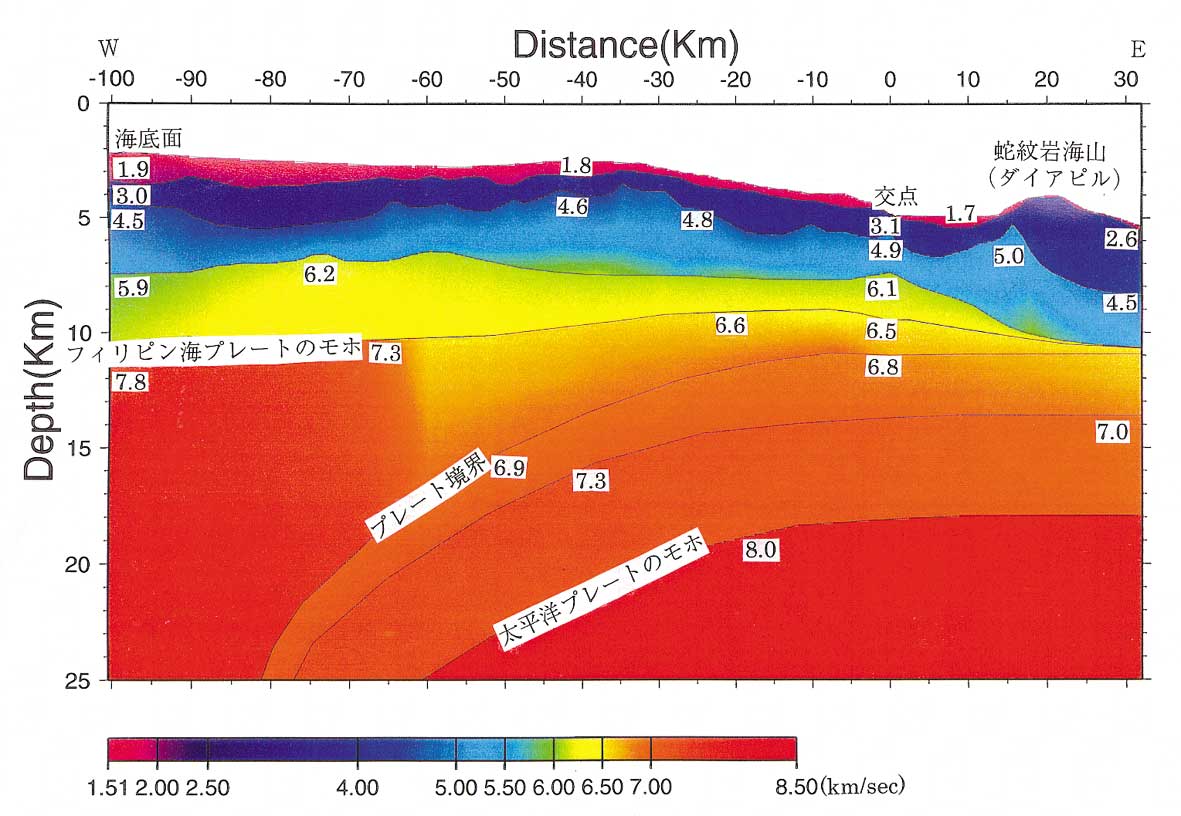
Fig.1. Seismic reflections were intense for the aseimic zone located at 3840-39N.

Fig.2. Serpentinized materials with low seismic velocities seem to exist at the Izu-Bonin subducting plate boundary of 31N.
Top@@@@@@@@Next

Fig.1. Seismic reflections were intense for the aseimic zone located at 3840-39N.

Fig.2. Serpentinized materials with low seismic velocities seem to exist at the Izu-Bonin subducting plate boundary of 31N.